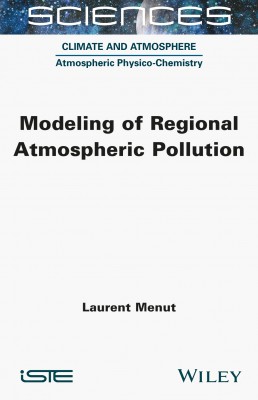
This book describes the main concepts used to develop and implement chemistry-transport models to calculate the evolution of regional air pollution.
Since physico-chemical principles are already widely presented in various works, the perspective chosen for this book concerns the modeling of these processes. As modeling can be a simplification of reality in a particular study framework, we will try to show whether the processes represented are well modeled or not. For each process, we will discuss the simplifying assumptions that have been made, the various possible ways for improvement and the impact of these simplifications on the desired results.
General information on pollution is presented, followed by observations, legislation, modeling of meteorology and then chemistry-transport, anthropogenic and natural emissions, depots, validation of calculations, optimization and data assimilation.
1. What is Atmospheric Pollution?
2. Observations and Legislation.
3. General Principle Behind Modeling and Its Application to Meteorology.
4. Emissions.
5. Deposition.
6. Chemistry-Transport Modeling.
7. Qualification and Optimization.
8. Data Assimilation, Inverse Modeling and Forecasting.
9. The Impacts of Atmospheric Pollution.
Laurent Menut is Director of Research at the CNRS and works at the Laboratoire de Météorologie Dynamique in Paris, France. He is the development coordinator of the CHIMERE model used by many institutes for the analysis of pollution cases and for operational forecasting.